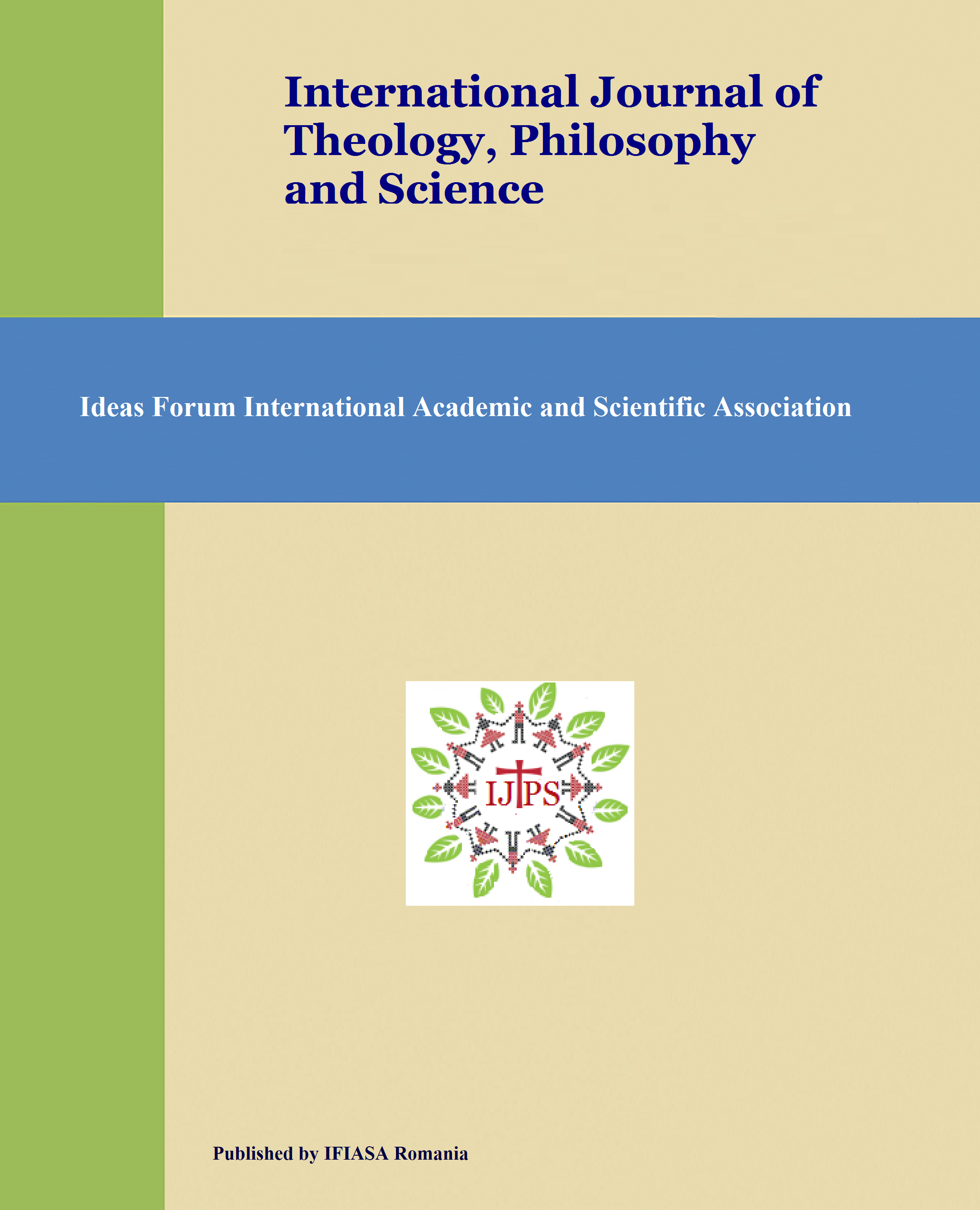THE EMBODIED FLUENCY MODEL: UNCANNINESS BETWEEN THE MERE-EXPOSURE EFFECT AND ANGST
THE EMBODIED FLUENCY MODEL: UNCANNINESS BETWEEN THE MERE-EXPOSURE EFFECT AND ANGST
Author(s): Kevin StevensonSubject(s): Philosophy, Ethics / Practical Philosophy
Published by: Ideas Forum International Academic and Scientific Association
Keywords: Angst; embodiment; familiarity; fluency; mere-exposure effect; uncanny;
Summary/Abstract: Human beings can be said to naturally seek familiarity in their environment for survival purposes, and this can explain why the mere-exposure effect, where being merely exposed to external factors in our environment, can increase preference for these factors. Familiarity in this sense can thus be framed as important for affect and preference formation and considered built upon both the subjective process of fluency and the objects of experience being processed. The feeling of uncanniness is often considered the opposite of familiarity, yet within its semantic vicinity. By considering the term ‘uncanny’ as having a double meaning linked to both familiarity and unfamiliarity, however, this paper will show how this ambiguity allows for a semantic relatedness of this concept to process fluency rather than familiarity. This connection will in turn be shown to have ramifications for affect through the proposal of a fourth model of process fluency: The Embodied Fluency Model. Through consideration of Mori’s shinkawan, Freud’s notion of the uncanny, and Heidegger’s connection between uncanniness and Angst, an exploration into conceiving how fluency and uncanniness share attributes that allow for a different view on affect is propounded.
Journal: International Journal of Theology, Philosophy and Science
- Issue Year: 6/2022
- Issue No: 11
- Page Range: 39-53
- Page Count: 15
- Language: English

